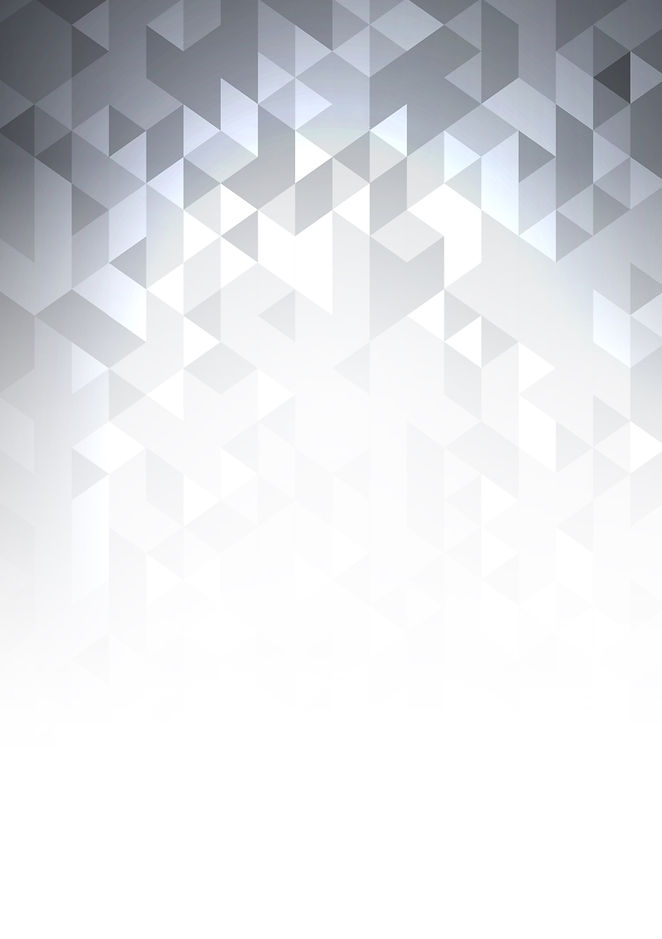

With the Original Catchball
The Catchball was invented in 1995 by world a renowned goalie coach when he was looking for a tool to quickly and efficiently improve the reaction and hand-eye coordination of his goaltenders. A slap shot from the blue line reaches the net in under .5 seconds, which means that there is no time to think. Reaction and reflexes have to be constantly trained and improved. Just a few minutes with the Catchball per day, wether it is used for warming up before practice, to cool down post practice, or even before a game, are enough to notice development in the following aspects of a goaltender's game:
GOALIE REACTION TRAINING


Hand-eye coordination, spacial awareness and reaction time are complex cognitive activities that require the goaltender to unite their visual and motor skills: their hand must be guided by the visual stimulus their eyes receive. The flight time of a Catchball (comparable to the flight time of a shot from the slot) is ideal to train these complex activities, because a goalie's eyes have to be able to quickly send a signal to the brain and our brain to our catching hand. All this happens in a split-second, so the more this stimulus is repeated, the faster the signal transmission will occur. This means: the goaltender will put their hand exactly where his brain tells him the ball will be and they will be able to make a save quicker.
Improvement in these complex cognitive activities is accompanied by improved visual skills like Tracking. Tracking is the ability to follow a moving target: an essential visual skill for goaltenders as they have to follow moving objects or switch their attention from one focus point to another in a split second. Tracking fast moving objects is no easy task, because it takes time for visual stimuli to reach our brain which adjusts the small muscles around our eyes to keep the flying object in focus. Tracking fast objects moving towards you is especially complicated as we do not make use of that skill much outside of hockey. The Catchball is the ideal tool for improving tracking as it allows you to practice many tracking sequences in a row in a short period of time. Your eyes and eye muscles will get better at following the whole flight pattern of objects flying towards you.
Along with improving these cognitive and visual abilities, the Catchball is used to fine tune goaltending technique. The theory of head-trajectory states, that if goaltender's eyes are locked onto the puck and their head follows, their body will follow too. This is a technique that has to become unconscious and automatic, and the Catchball is ideal for building this skill, because it is designed to maximize controlled repetitions. The same principle also applies to hand positioning and leaning towards a puck when making a save: keys to "box control". When a goaltender's glove is pushed forwards towards the puck, and the goaltenders body leans into the direction, a big part of the "box" is already taken away, which is one of the main factors to a successful save.
Repeated saves with the Catchball improve cognitive and visual abilities, fine-tune technique through muscle memory, and also have an impact on a goaltender's speed in the core and arm area, because fast twitch muscles are the muscles being worked while training with the Catchball.
There are several benefits of the Catchball are over a regular ball for reaction training: not needing an adequate wall and ground to bounce the ball off is one of them, but the main benefits are more ball speed, more reps and the ability to add exercises like lunges, jumps or running to your reaction training. The kinetic energy created by the Catchball elastic will throw the ball back with more velocity than a bounce off a wall would. Additionally, the Catchball can be thrown harder because of the confidence that you won't have to chase it or even lose it if you miss a catch.
As you can see, the Catchball is a very simple, yet effective all-around training tool for every goaltender, as the elements mentioned above, are some of the main keys to a goaltender's success. You will see a noticeable improvement in your ability to stop pucks when using this reaction training tool the way it was intended. The Catchball is THE ideal reaction and hand-eye coordination training tool for goalies!
There are countless drills that can be done with the Catchball.
More training videos will be available very soon.

BLACK JUGGLING BALLS
Goalie Hand-Eye Coordination Training starts with juggling and is one of the base pillars of goalie off ice training. The puck is black and so are our juggling balls: your eyes are used to tracking a black object on the ice, so they should be trained to do the same off the ice. Bright-yellow standard balls are easier to track, simply because a black object blends easier with the background just like a puck would. Our test group of goaltenders confirmed that they were more comfortable tracking pucks on the ice after working off the ice with black juggling balls rather than bright yellow ones.
Along with the Catchball, Black Juggling Balls are a must have for every goaltender that wants to improve their skills.


